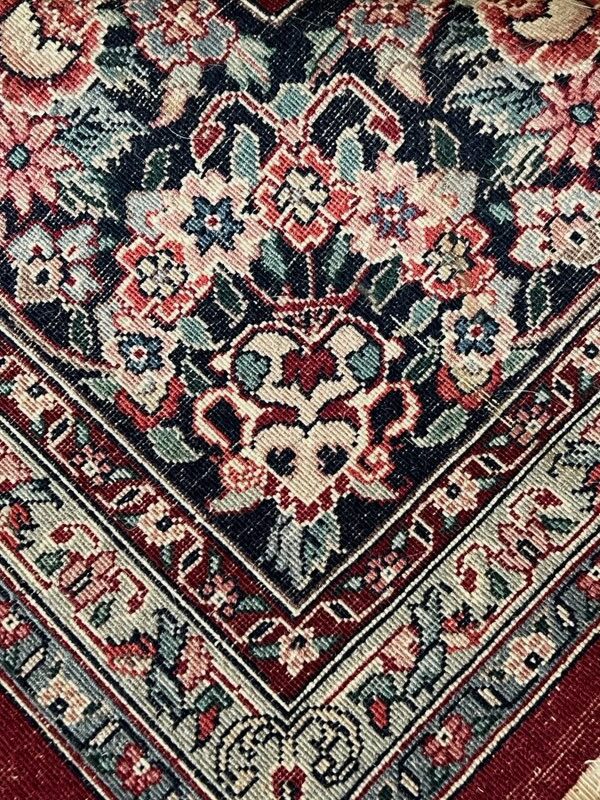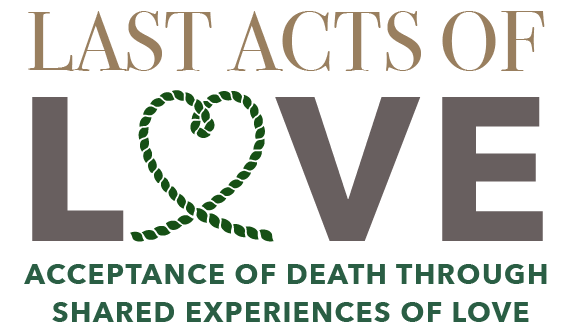My Date With the Fates
The Fates are my favorite part of Greek mythology. Gods and humans alike fear them because they control the consequences of our choices. They’re constantly in the background of our thoughts, tales of doubt, envy, and worthlessness are spun through their adept use of our innate fears.
For example, the Fates caught my attention when they appeared in Hadestown, the Broadway adaptation of the tragic love story of Orpheus and Eurydice. From the moment I saw them, I was intrigued. How did these three women have so much influence? What were they whispering to the characters and each other?
As a result, my obsession with the Fates led me down a rabbit hole of Google and library searches into Greek mythology. Surprisingly, few texts explore the Fates in depth, and most mentions seem like afterthoughts. I suspect the Fates prefer it this way- they’re clever like that.
Who Are the Fates?
Where did the Fates come from? There are many origin stories, but to clarify, I’m sticking with one that directly affects humans. The Greek gods, Zeus (King of the Olympians) and Themis (Goddess of Law and Order), parent these Fates.
Specifically, the Fates are three sisters who manage the cycle of life and meting out the consequences of our choices. They work together in concert to keep the order of birth-life-death in perpetual synchronicity. In the end, they produce the tapestry of our lives.
Clotho, meaning “spinner” in Greek, is the youngest of the Fates. With her cylindrical spindle, she determines the circumstances of our birth. She twists dreary grays with vibrant colors into the thread of life. This thread holds life’s challenges and joys, allowing individuals the choice to embrace a vivid existence or settle for a muted one.
Next, the name Lachesis means “allocator” in Greek and is the name of the middle sister, whose job is to decide how long a life will last and to allocate thread to the warp and weft depending on our life’s choices. Her loom serves as more than a tool- it’s a framework where predetermined threads intertwine the colors our decisions add.
Finally, Atropos, the eldest sister, is the inflexible one. Her name means “inevitable” in Greek. She’s often depicted with an obstinate expression and dark, impassive eyes. She is the one who is unwilling to negotiate, no matter how much she is implored. Her dedication to snipping the thread of life causes fear in those unfamiliar with her duty. Atropos is comfortable in her role, knowing that without her diligence, the cycle of birth, life, and death would falter.
The Greeks knew the Fates as the moirai. Moirai translates to “portion” in Greek and is the root of the Latin word “merit,” which means “deserve.” At conception, the Fates assign life’s thread in an orderly way, dependent on their temperaments. Life’s thread quantity is predetermined. They weave these threads into an individual’s “Tapestry of Life,” blending destiny with free will, circumstances beyond our control mixed with our choices and responses.
How Our Choices Weave Our “Tapestry of Life”
To illustrate, weaving a tapestry on a loom requires threads that run perpendicular to each other. On the Tapestry of Life, the warp threads run on a north-south axis, forming the foundation of humanity. These threads are the color of shadow, camouflage, and isolation, appearing in shades of gray. They carry doubt, fear, regret, hate, division, guilt, and shame—forces that require little effort or intention to manifest. Like gravity, they are a natural pull, shaping the background of our lives. It is easier for the Fates to drop into a person the thoughts that influence mortals to the “lazy man’s” way of living—a life dominated by gray.
In contrast, the weft weaves threads along the east-west axis, bringing vibrant color to the weaving. These threads demand effort fueled by love, vulnerability, curiosity, trust, forgiveness, connection, kindness, and compassion. Although initially challenging, each colorful thread strengthens the foundation below it, making it easier to weave successive threads and ultimately leading to a fulfilling life.
Our choices determine our Life Tapestries. While life’s challenges may feel unique, the Fates weave them from the same thread, colored and placed according to our response.
Weaving the weft of our Life Tapestry is a voluntary act. It takes courage to lay the first vibrant thread into the gray warp. Our life’s foundation comes from the warp, fraught with pain and fear, but the weft threads offer the possibility of joy and loving connection. Even so, weaving the weft with our best qualities does not guarantee a favorable outcome. Life remains unpredictable, and threads may line up with our expectations. When we die, our completed Tapestry of Life reflects our choices, ideally leaving the world a brighter and more vibrant place.
The Fates intimidate humans because they enforce our mortal limits. Gods, immortal and burdened by eternal consequences, fear them too.
This perspective places me in a world where predestination and free will intertwine. Knowing the Fates may fix my birth and death frees me to focus on what I do have control over, how I live my life.


